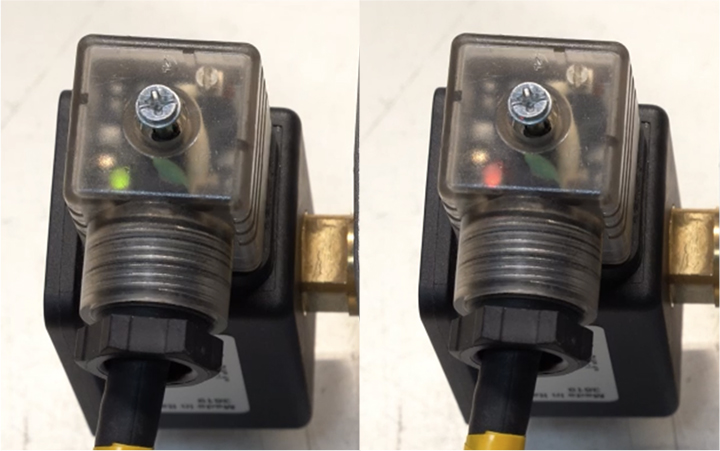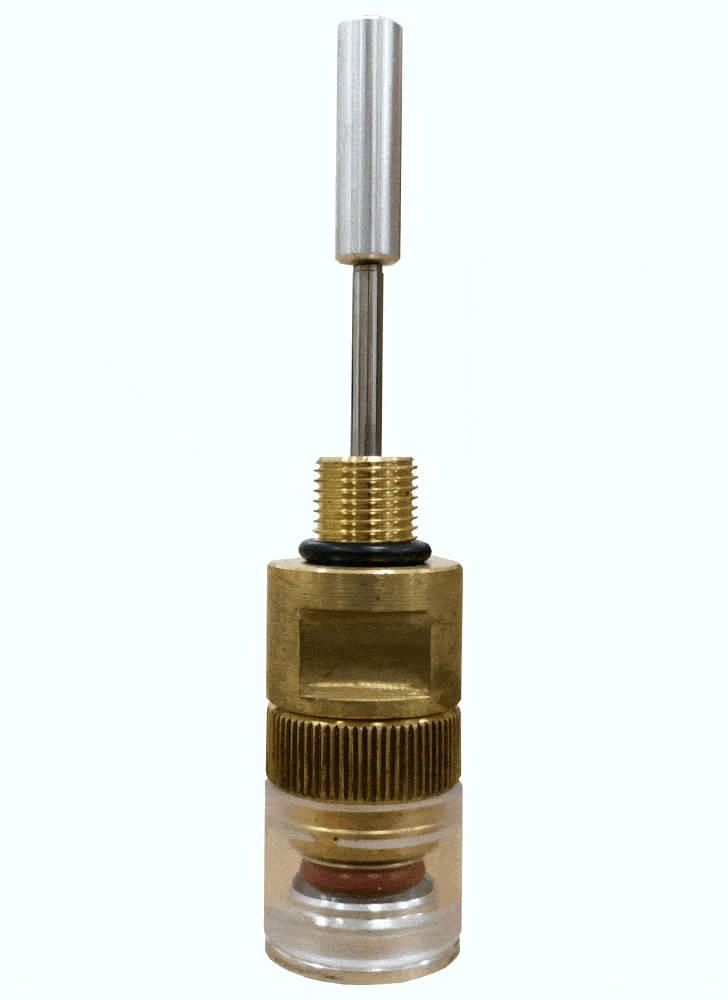Welcome to round two of our proof of closure FAQ!
Q: Do I need “Proof of Closure?”
A: Proof of Closure (POC) is required by NFPA86 if the burner capacity is 400K BTU/Hr or more; in these cases, proof of closure is required on one valve in series, while visual indication is required on both.
POC devices provide a circuit tied to the physical, mechanical state (open or closed) of the valve. This circuit is monitored by the flame safety device and becomes part of the safety chain. POC also incorporates “valve over-travel,” which stipulates the valve is not considered “closed” unless 2mm of the valve seal extends past the valve seat.
Monitoring the POC allows the flame safety device to check the valve state. If the valve reports a state that’s not expected by the flame safety device, the system faults and shuts down. For example, if the valve is supposed to be closed, but the POC reports the open state, the flame safety will fault out.
Some systems use proof of closure as a limit switch, outside of the safety chain. In these cases, the proof of closure circuit is routed to the PLC.
Q: Why does the Elektrogas POC device have an LED?
A: Elektrogas’s POC device uses a two-tone LED to provide visual indication. The green light = safe, the valve is closed and no gas is moving; red = caution, valve open, gas is moving. If something happens to the DIN connector, contact us for a spare. Without the two-tone LED, the valve will not provide visual indication and will therefore not be compliant with NFPA86.
Q: Can an absence of light be used as indication?
A: No. NFPA86 states a light may be used for visual indication as long as the absence of light is not used to signal a state change (open/closed). Thus the two-tone LED in the Elektrogas POC device. In case the LED fails, contact us for a spare DIN socket.
Q: Are POCs and Visual indication the same thing?
A: No, visual indication is just that; something an operator or maintenance tech can use to visually identify the state of the valve, open or closed. By contrast, a proof of closure device is an additional circuit, reporting to the flame safety or PLC whether the valve is open or closed.
If the burner capacity is 150K BTU/Hr or more, visual indication is required on both valves in series (over 400K BTU/Hr, POC is required on one valve in series). As the name implies, a local visual indication must indicate the position, open or closed, of the valve.
Q: What happens if you order a valve, but later discover you need visual indication?
A: No problem! The US version of the Elektrogas safety shut-off valve is prepared for the introduction of the VI if needed, so all you have to do is order a VI and install it in the field. The VI is a mechanical part, and requires no wiring. Just follow the torque specs and check for leaks! The VI (shown below) uses a red bobber to show the valve is open.
Q: What if you order a valve and later discover you need proof of closure?
A: Unfortunately, proof of closure cannot be introduced in a standard valve. This is due to the 2mm valve over-travel requirement in NFPA86. Proof of closure valves have different internals. If you need proof of closure, you need to know that at time of order.
For Automation
We believe in automation for all! Visit olstrad.com and contact us to learn how we can help you automate!













